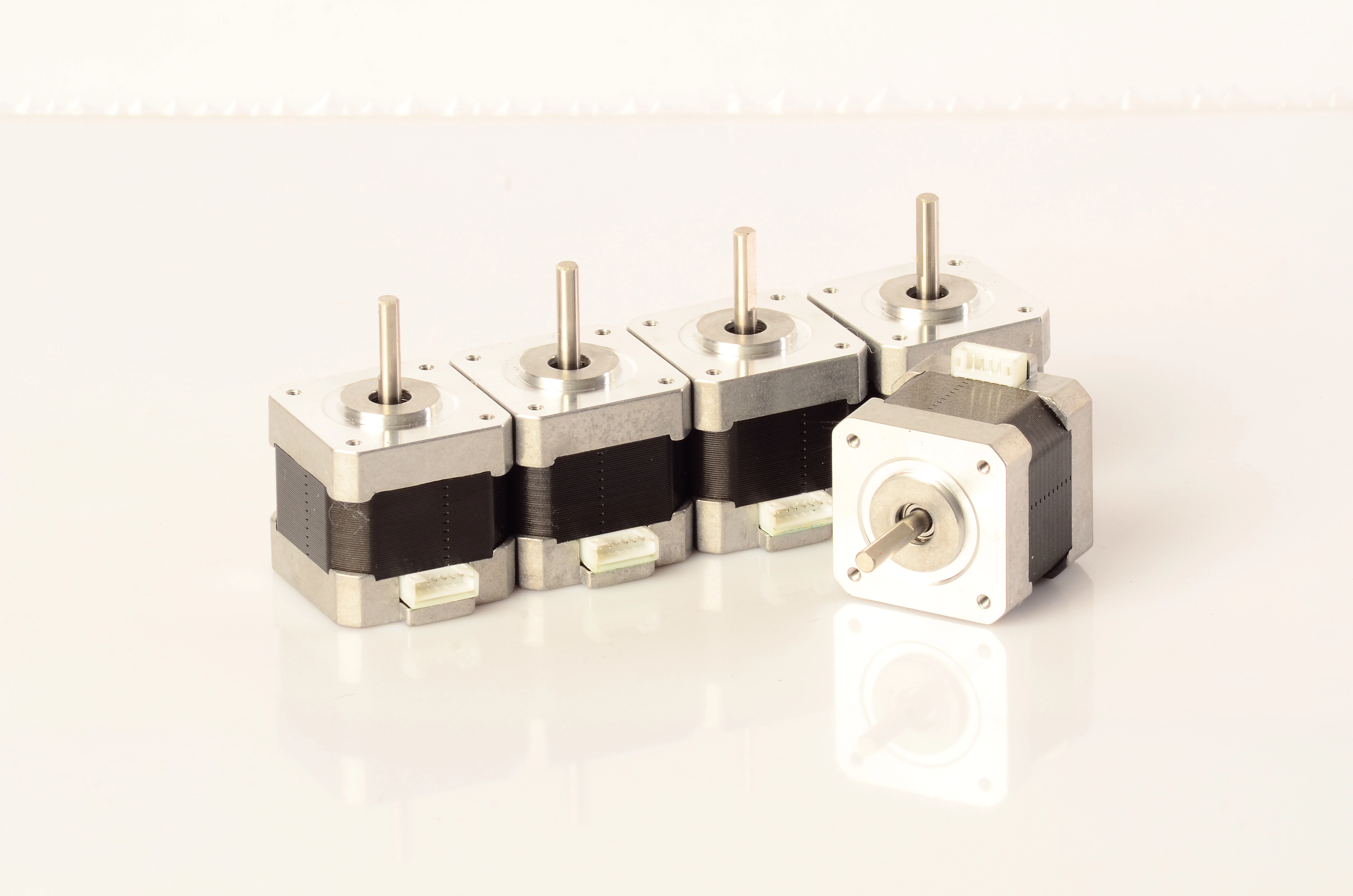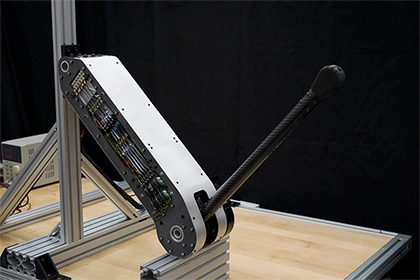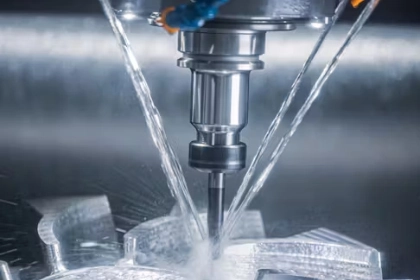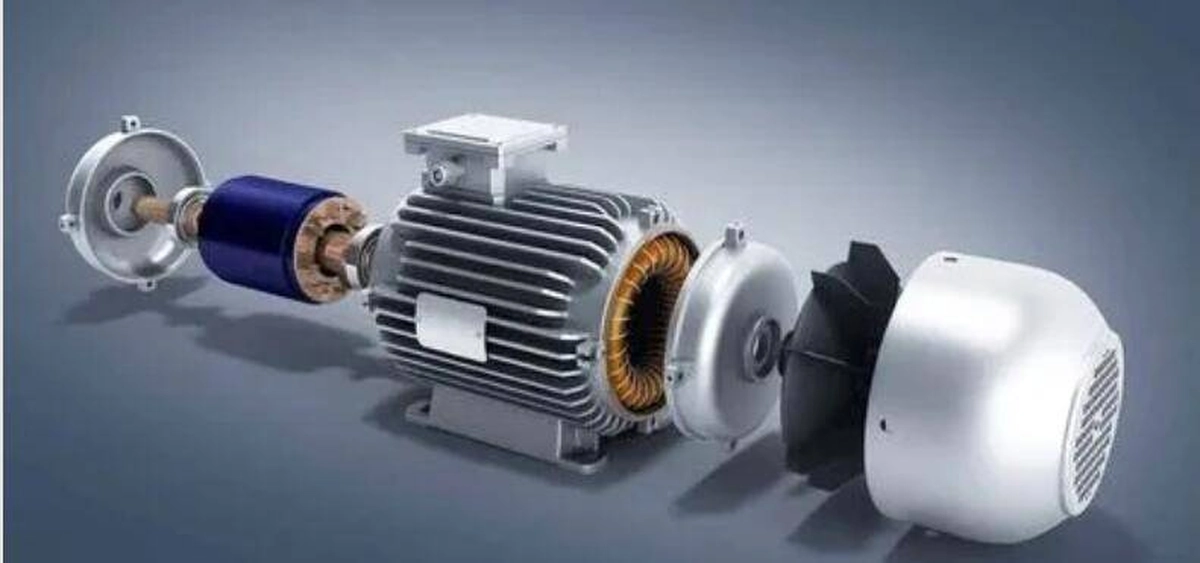- +86 19149417743
- Zhengzhou, Henan Province, China
- Mon-fri: 8am - 7pm
Get a quote

Stepper motors are an integral part of a wide range of modern equipment, so it's important to choose the right stepper motor for your application. When selecting the right stepper motor for an application, several important factors must be evaluated, including size, step angle, body length, type of motion, and torque requirements.
The stepper size indicates the panel size. Stepper motors of different sizes are usually used in different devices. For example, for 3D printers, NEMA17 motors (42mm) are widely used due to their compact form factor and sufficient torque capacity.
Standard step angles are 0.9, 1.2, and 1.8 degrees. Smaller step angles provide higher resolution, but at a higher cost. A 1.8-degree motor is adequate for many applications where high accuracy is not required. For applications where accuracy is a requirement, a step angle of 0.9 is basically sufficient, and in addition, you can use an interpolation driver to adjust the interpolation.
A longer stepper body length increases torque output but also increases the size of the motor body. The length of the motor body depends on the number of magnetic rotor stacks. More laminations mean higher torque and a longer body.
The motion of the stepper motor is also an important factor to consider when you are choosing a motor. There are three main types of motion in stepper motors: rotary, vertical, and horizontal. The stepper motor you choose is different for each type of motion.
Higher torque stepper motors use more copper windings and magnets. Higher torque provides better acceleration and load capacity but also increases size and cost.
Evaluating size, step angle, length, motion type, and torque requirements based on the application can help you select the best stepper motor for your needs.
 2024-08-30 16:01:40
Engineering
2024-08-30 16:01:40
Engineering
 2024-07-26 14:09:13
Engineering
2024-07-26 14:09:13
Engineering
 2024-07-18 09:42:00
Engineering
2024-07-18 09:42:00
Engineering